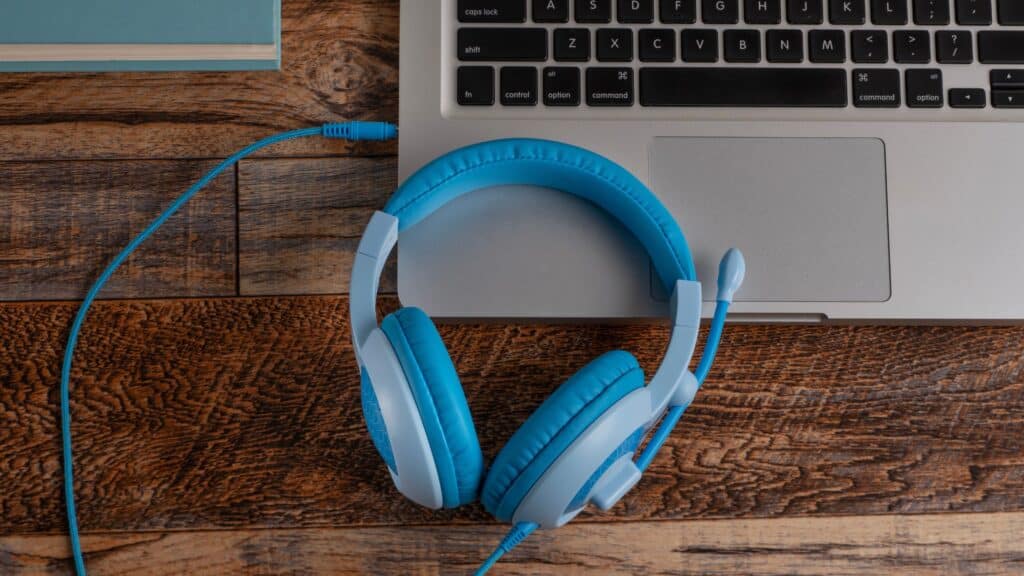Sound is a crucial component of how we experience and perceive the world around us. Whether it exists alone as music or accompanies other media, sound can carry information, augment different sensations, and even evoke strong emotional responses. We’ve long understood the way our bodies conduct sound waves – how cilia in our inner ear turn mechanical signals into neural ones – but we are constantly discovering new lessons about the various ways sound and noise have reverberating effects in our everyday lives.
In this blog series, Audio Transcends, we explore how sound affects our experiences in education, healthcare, and in travel, and hospitality. Let’s kick things off with Sound and education.

Sound and education
You may have heard about various studies demonstrating how listening to sound, specifically music, can enhance learning both on a neural synaptic level and a behavioral one. In a 2020 article published in Neurobiology of Learning and Memory, Gao et al. detail how listening to classical music while studying and again while sleeping results in an 18% improvement in performance on concept integration items. This finding suggests that instrumental music can help students prepare for academic tests and therefore better promote course success.
A prominent figure investigating the ways sound affects learning is neuroscientist Nina Kraus, who recently published a book titled “Of Sound Mind: How Our Brain Constructs a Meaningful Sonic World.” In it, she writes “Sound is easily overlooked, and yet it has a huge impact on who we are and how we engage with the world. Sound is a tremendously powerful force in our lives.” She attributes multiple roles to sound in the developing brain: as a promoter of learning (as discussed earlier), as a marker or measure of ability, and in the case of “bad sound,” a.k.a. noise, as a contributor to learning difficulties. In her Auditory Neuroscience Lab at Northwestern University, Kraus has used children’s brains’ response to sound as a predictor of ability to read and future language disorder. This information can then be used to help parents and schools allocate resources to where they are most needed.
While “good sounds,” such as classical and instrumental music, have been associated with promoting learning and development, noise can be detrimental to children’s learning. Noises can be loud to the point of damaging our hearing, but in the case of educational environments, they more often fall into the category of unwanted ambient sounds. These can include the droning of an old A/C unit, the rumble of constant construction or a passing subway train, or even the distant sounds of disruptive family members. Kraus postulates that these noises, while they “don’t hurt our ears…they hurt our brain.”
In a review of various studies looking at the effects of noise on children’s cognitive performance, the authors describe various negative effects of noise exposure, including on speech perception, listening comprehension, and even non-auditory tasks such as serial recall of lists and reading. For auditory tasks, these negative effects were particularly pronounced in children as opposed to adults and even more so in children with language or attention disorders and second-language learners. These findings highlight the importance of a noise-free learning environment, whether in the classroom or at home.
Audio and healthy learning
In summary, sound plays a variety of roles in our learning and education, especially as children. Music can be used to enhance learning, whereas noise has been well-documented as an obstacle to learning. Noise in an educational environment hinders speech intelligibility, but a high-quality audio solution can enhance understandability. If distracting or harmful noises cannot be engineered out of the classroom or home, then having clear, crisp audio is essential to promoting healthy learning.
Join us next week, for the second part of our Audio Transcends blog series, Sound and Healthcare, and discover how sound can help healthcare professionals in diagnosis, treatment, and healing, as well as how sound can affect our overall health and well-being.
This article was written by Joey Gu and edited by Elizabeth Woodard
